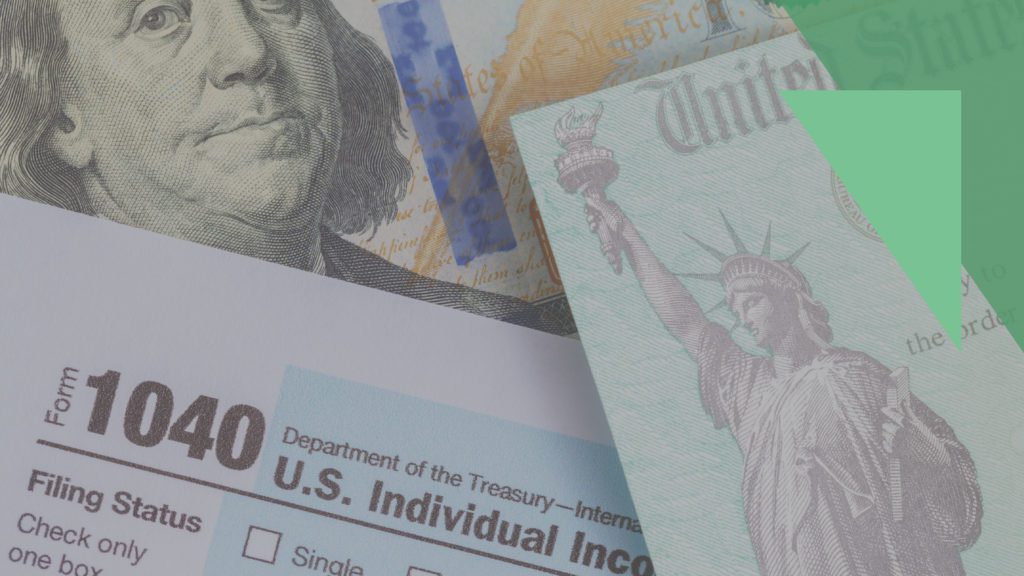While tax consequences should never drive investment decisions, it is critical that they be considered — especially by higher-income taxpayers, who may be facing the 39.6 percent short-term capital gains rate, the 20 percent long-term capital gains rate and the 3.8 percent net investment income tax (NIIT).
Holding on to an investment until you have owned it more than one year so the gains qualify for long-term treatment may help substantially cut tax on any gain. Here are some other tax-saving strategies:
- Use unrealized losses to absorb gains
- Avoid wash sales
- See if a loved one qualifies for the zero percent rate (or the 15 percent rate if your rate is 20 percent).
Many of the strategies that can help you save or defer income tax on your investments can also help you avoid or defer NIIT liability. And because the threshold for the NIIT is based on modified adjusted gross income (MAGI), strategies that reduce your MAGI — such as making retirement plan contributions — also can help you avoid or reduce NIIT liability.
These are only a few of the year-end strategies that may help you reduce taxes on your investments. For more ideas, contact us.

